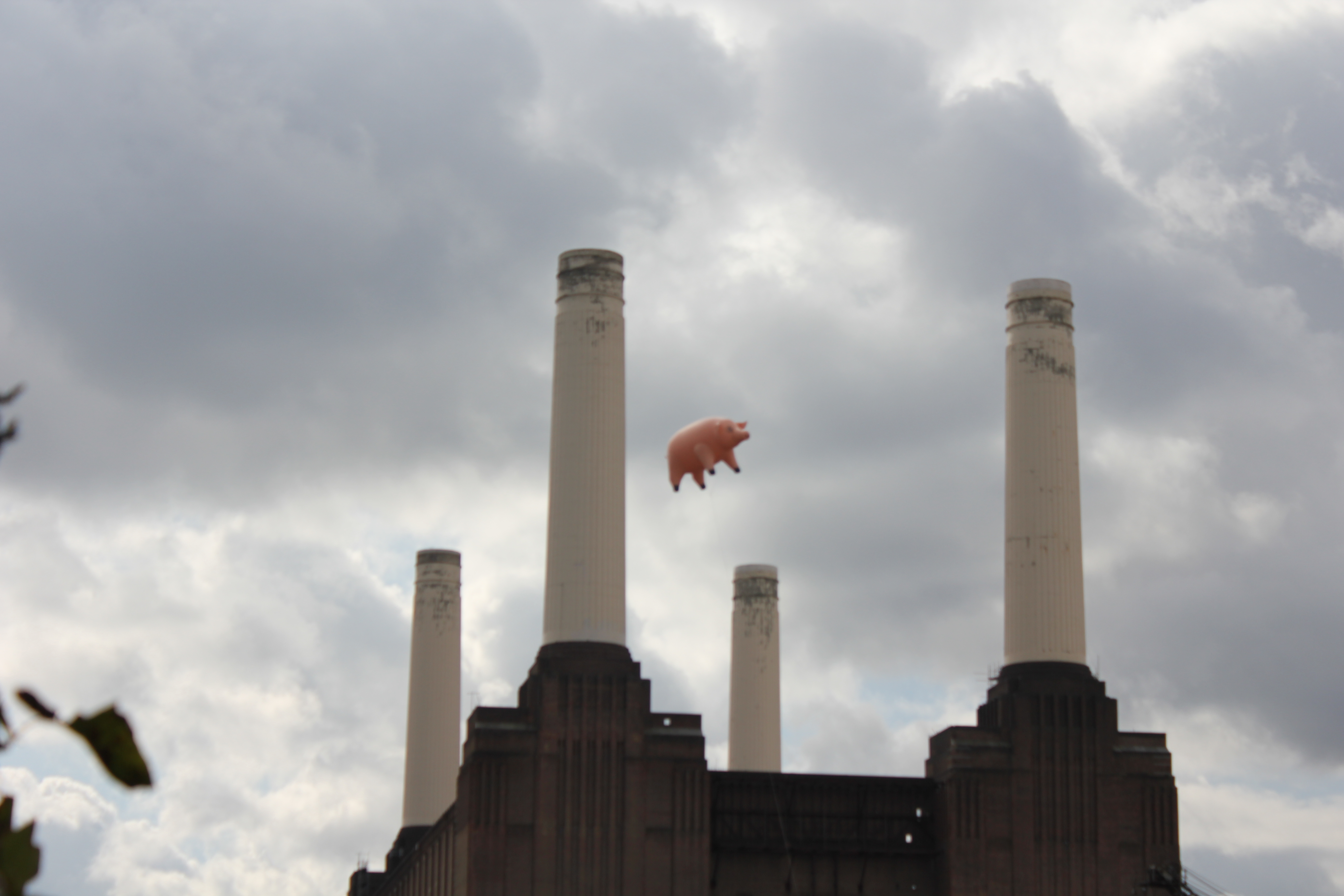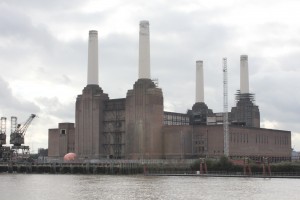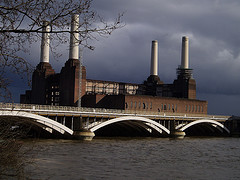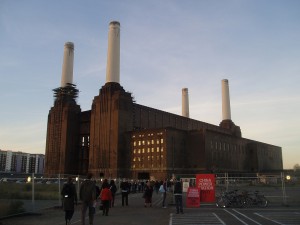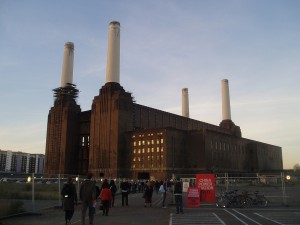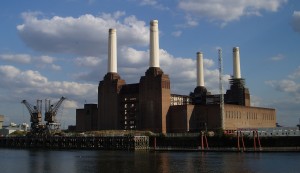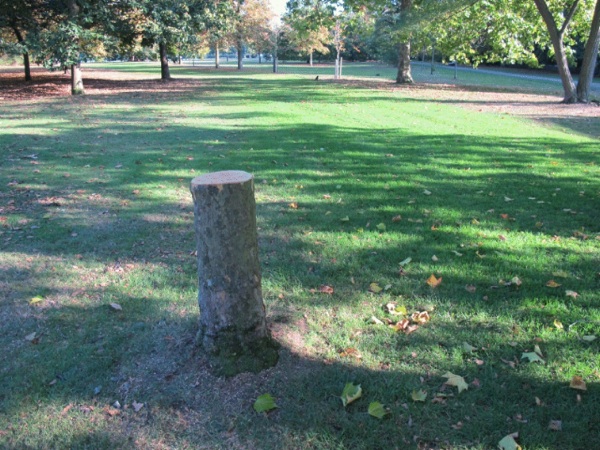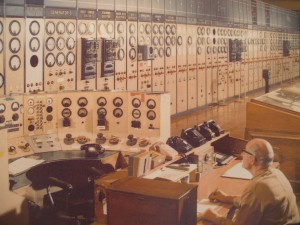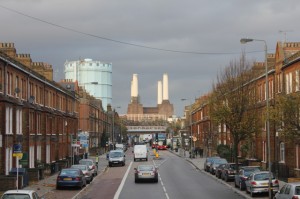According to a source in English Heritage, the Malaysian consortium (Sime Darby, SP Setia and Employees Provident Fund) who have agreed to buy Battersea Power Station have not actually signed the contract – so it is not too late to change their minds.
A recent announcement of a predicted 30% fall in the London property prices is just one of the reasons why the consortium and it’s shareholders may want to think again.
Reading the Asian press, it doesn’t seem like the consortium, or at least their shareholders, actually realise the costs, limitations and responsibilities involved in buying a grade II listed building.
Press release articles surrounding the sale refer vaguely to ‘possible preservation‘ of the power station, with talk of merely ‘motivator profit‘ and also of the potential of a ‘400m river front‘ that seems to completely ignore the power station itself, and indeed the smelly waste disposal unit situated directly on the river front in question.
The power station features heavily in London’s iconography, recently throughout the London 2012 Olympics with James Bond and Her Majesty taking a flight over it in the Opening Ceremony, and also it features as one of the ‘London Landmarks’ . Hopefully this renewed pride of Londoners will force English Heritage to awake from it’s slumber and move into action insisting on repairs to Battersea Power Station, which could potentially be extremely expensive.
Nick Cuff, chairman of Planning at Wandsworth Borough Council spoke at the Future of Battersea event (Southbank University, 26th July), claiming that the Northern Line extension would probably not be funded by the developer but by central Government as part of its infrastructure investment programme. Interestingly, the major reason cited by REO (the previous developers) for having significantly less than the required 50% affordable housing was precisely because they were having to contribute to the tube line extension. So SP Setia and Sime Darby need to factor in the 50% affordable housing into their new development plans.
It has also been reported that the consortium will adopt the Vinoly plan, but this does not seem to make sense. Why would they take on such an implausible and previously failed scheme? The greedy and expensive Vinoly plan justified being so densely developed in order to recoup the costs of transport infrastructure – so that too can be challenged if the taxpayer is expected to foot the Northern Line extension costs.
So despite the attempts by Wandsworth Borough Council to present the change of ownership as a seamless continuation of the old Battersea Power Station development started by REO in fact everything is up for grabs again. The new owners and their share holders could find themselves with a completely unviable scheme and a PR disaster. Crassly developing or neglecting this much loved building could result in the new owners being the most despised developers in London.
Its not too late for the consortium to change their mind. Their share holders should be asking- do they know what they have let themselves in for?
Click Battersea Power Station for more blogs
See our Battersea Power Station project pages for more information and videos.
Or visit PlanA our general blog on urbanism, planning and architecture.

